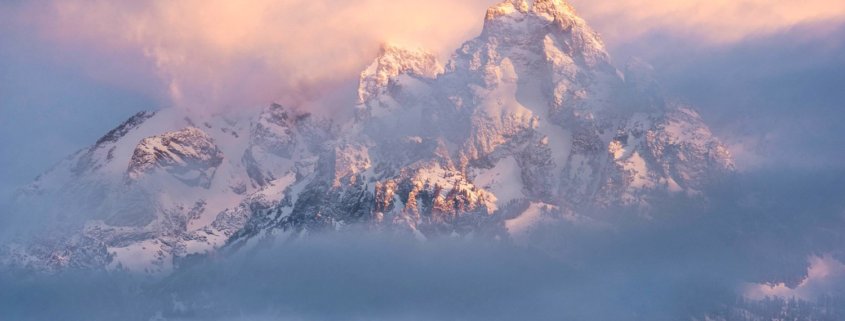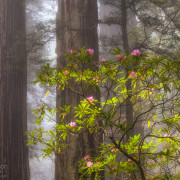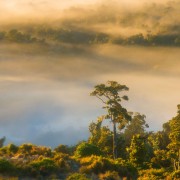Nature Photography Tips to Deal with Predictable Weather
Imagine that you’re in Grand Teton National Park photographing the majestic peaks of the Tetons late in May. The scene in front of you is stunning. However, the photography can be difficult because of the extremely unpredictable weather that is produced by the mountain landscape. You see, the predictability of weather in nature photography can be serendipitous as well as a struggle. Unpredictable weather requires photographers to enter into nature with a plan. Similarly, it requires the knowledge of how to adapt when weather changes. On the other hand, predictable weather allows photographers to follow through with an educated plan to create an image.
For the past two years, I’ve been learning how to deal with predictable weather when it comes to photography. I was living in Haiti where you can easily plan out your entire day months in advance. The weather was predictable down to the hour. It allowed me to plan out photographs and execute them based on my knowledge of the weather pattern predictability.
Predictable Weather Patterns
Every morning produced incredible sunrises. Soft light and unique cloud formations allowed me to use my wide angle lens to photograph the brush-covered landscapes as a foreground and frame the sunrise colors towering above. Being able to know where the sun was going to rise on the horizon also made sunrise images even more predictable. If the sun rose on the edge of the mountain range, it meant more golden light in the scene. On the other hand, as the year progressed, the sun rose behind the mountains which led to much softer shadows and darker foregrounds. After sunrises, the weather was bright, sunny, and hot until the afternoon when storms rolled in.
Checking my watch was rare. I knew it was 3:00 PM when storm clouds formed over the mountains and started to make their way to the coast. The southern coast of Haiti is not far from the northern edge of the western peninsula which meant the mountains were very narrow. Narrow mountains with steep elevation gain created quick uplift in the atmosphere which led to the formation of storms. Their paths were predictable too. It rarely rained where I was, but the storms would travel southwest towards the ocean. This was great because planning for sunlight hitting the storm cells was simple as the sunset would occur in the west over the ocean with little to no cloud occlusion.
As the storms moved out into the ocean through the night hours, it meant clear skies that revealed the stars. Night photography was a constant opportunity because of the clear skies paired with the lack of electricity in Haiti. Saying it was dark would be an understatement. That weather and location knowledge was a huge advantage that consistently led to successful photos. You could plan out something like a lunar eclipse months in advance.
All of the examples of predictable weather show how important it is for photographers to study weather and climate where they are. It’s easy to get excited about visiting exotic locations to photograph unpredictable conditions. Although, when you’re able to track and plan for weather, it yields a higher number of quality photos. It also takes a long period of time to understand predictable weather. If you’re struggling with conditions locally, it helps to keep a log of weather or track weather on a calendar to know when rainy seasons are.
Benjamin Franklin once said, “If you fail to plan, you plan to fail.” That’s important for nature photography and predictable weather too. Photographers should always go into the creative process with a plan in mind, but should also be willing and able to make adaptations to that plan. I would encourage all photographers to begin observing weather so that seemingly chaotic conditions become more predictable. Knowing your weather conditions will easily allow you to predict your compositions and your gear selection.














